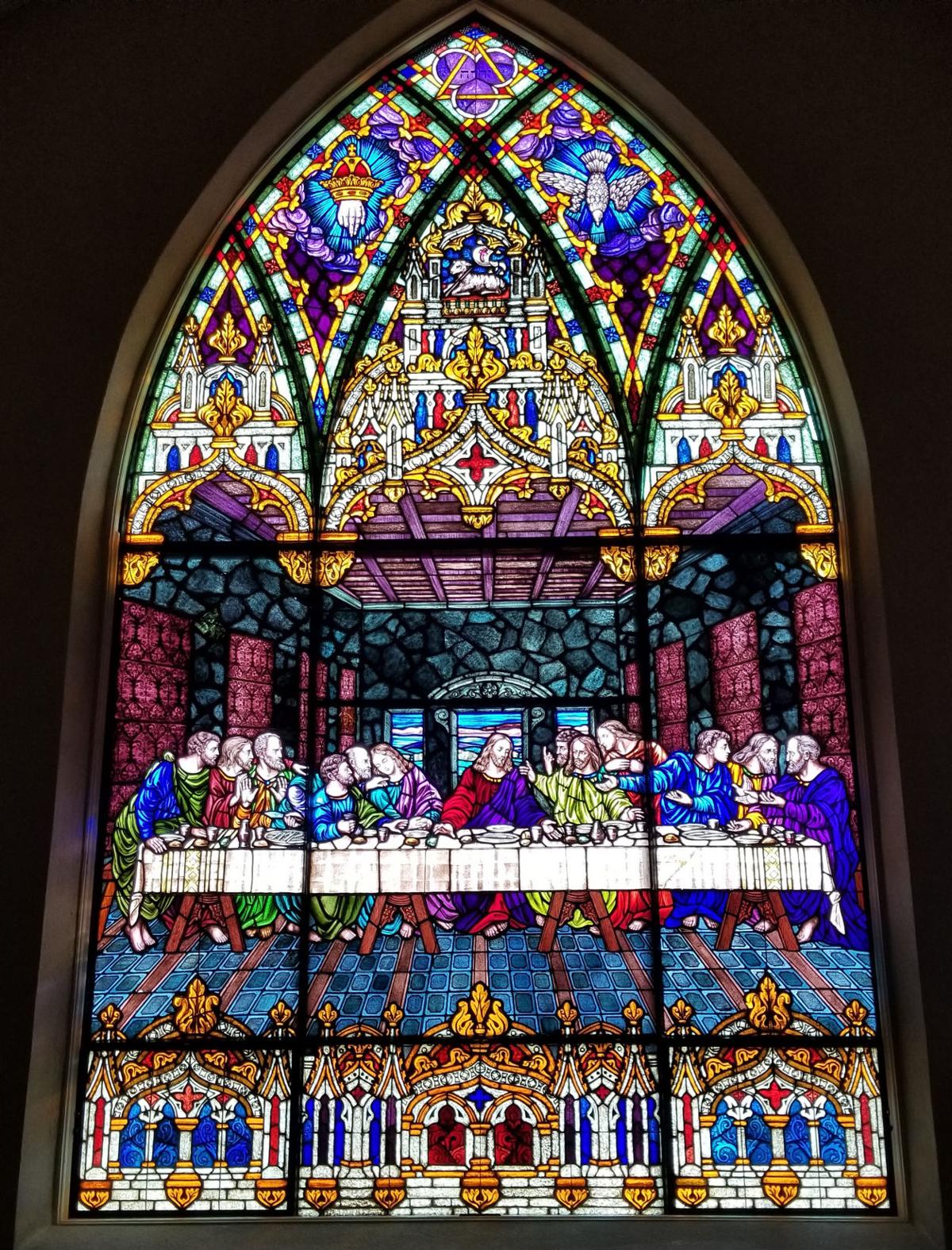Stained glass windows have been an integral part of the art and architecture of the world's great cathedrals and churches for centuries. These intricate and beautiful pieces of art are created by arranging small pieces of colored glass in patterns, which are then held together by lead strips. The art form has its roots in the early Christian era, but it has evolved over the centuries to become a complex and sophisticated art form that is admired by people all over the world. In this article, we will delve into the history, technique, and significance of stained glass windows.
History of Stained Glass Windows
The use of stained glass windows in churches and cathedrals can be traced back to the 4th century AD. During this time, glass was primarily used in mosaics, and it wasn't until the 7th century that colored glass began to be used in windows. The earliest known stained glass window is located in the Romanesque chapel of Sainte-Chapelle in Paris, which was built in the 12th century.
In the medieval period, stained glass windows became increasingly popular and were used extensively in the Gothic cathedrals of France and England. The windows depicted scenes from the Bible and the lives of saints, and they were used to educate the largely illiterate population about Christianity. The windows were also designed to be beautiful, and they were an important part of the decorative scheme of the churches and cathedrals.
During the Renaissance, stained glass windows fell out of favor as artists turned to other mediums such as painting and sculpture. However, the art form was revived during the Victorian era when there was a renewed interest in Gothic architecture and design. The Victorians created many beautiful stained glass windows, and they used the art form to express their religious beliefs, commemorate their loved ones, and celebrate their national identity.
Technique of Stained Glass Windows
The technique of creating stained glass windows has changed little over the centuries. The process begins with the creation of a design, which is drawn on paper or created using a computer. The design is then transferred to a full-scale cartoon, which is used as a guide for the creation of the window.
The glass is cut into small pieces using a diamond-tipped wheel or a glass cutter. The pieces are then ground to shape and smoothed with a grinding stone. The pieces are arranged on the cartoon, and lead strips are placed between them to hold them together. The lead strips are then soldered together to create a strong and durable window.
Once the window is complete, it is painted with a black pigment to add definition to the design. The window is then fired in a kiln to fuse the pigment to the glass. This process is known as "firing," and it makes the window resistant to fading and damage.
Significance of Stained Glass Windows
Stained glass windows have great significance in religious art and architecture. They are used to depict scenes from the Bible and the lives of saints, and they are an important tool for teaching the principles of Christianity. They are also used to commemorate important events and people, and they are often dedicated to the memory of loved ones.
Stained glass windows are also significant from an architectural perspective. They are an important part of the decorative scheme of churches and cathedrals, and they are often used to create a sense of awe and wonder. They also play an important role in the design of the building, as they can be used to control the amount of light that enters the space and to create a particular mood or atmosphere.
Conclusion
Stained glass windows are an important part of the art and architecture of the world's great cathedrals and churches. They have a rich history that dates back to the early Christian era, and they have evolved over the centuries to become a complex and sophisticated art form. The technique of creating stained glass windows has changed little over time, with artists using the same basic process to create their beautiful works of art.

